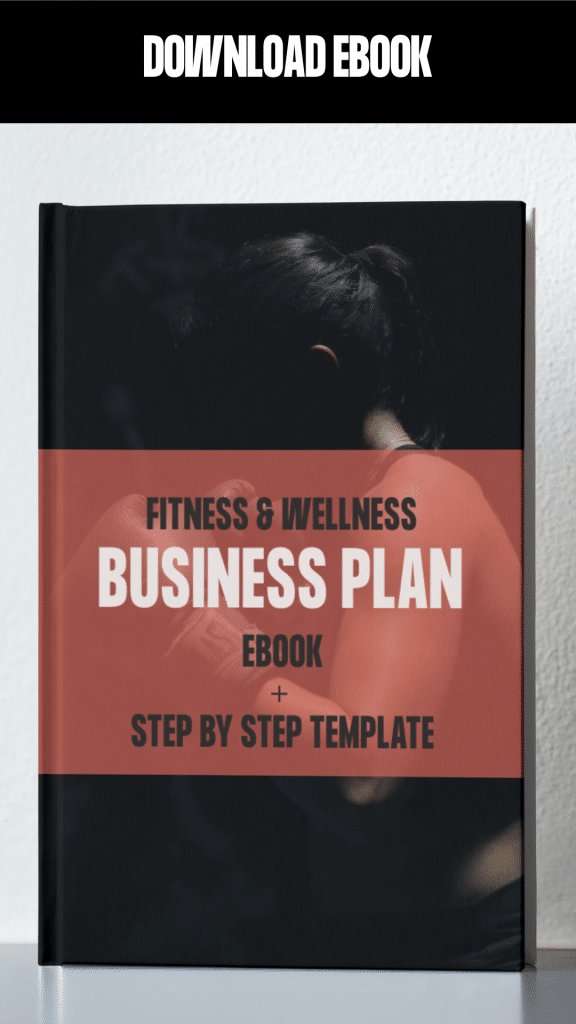Introduction:
In this publication, we will detail step by step all aspects of a fitness business and how to manage it. At the end, we will provide you with:
- Ebook with more information
- Editable template for managing your fitness business
- Harbiz’ Free Trial
1 Fundamental Concepts:
This section focuses on defining your Unique Selling Proposition (USP) to stand out in a competitive market. You need to identify what makes your services distinctive, define a compelling value proposition, and make strategic decisions to enhance your brand image.
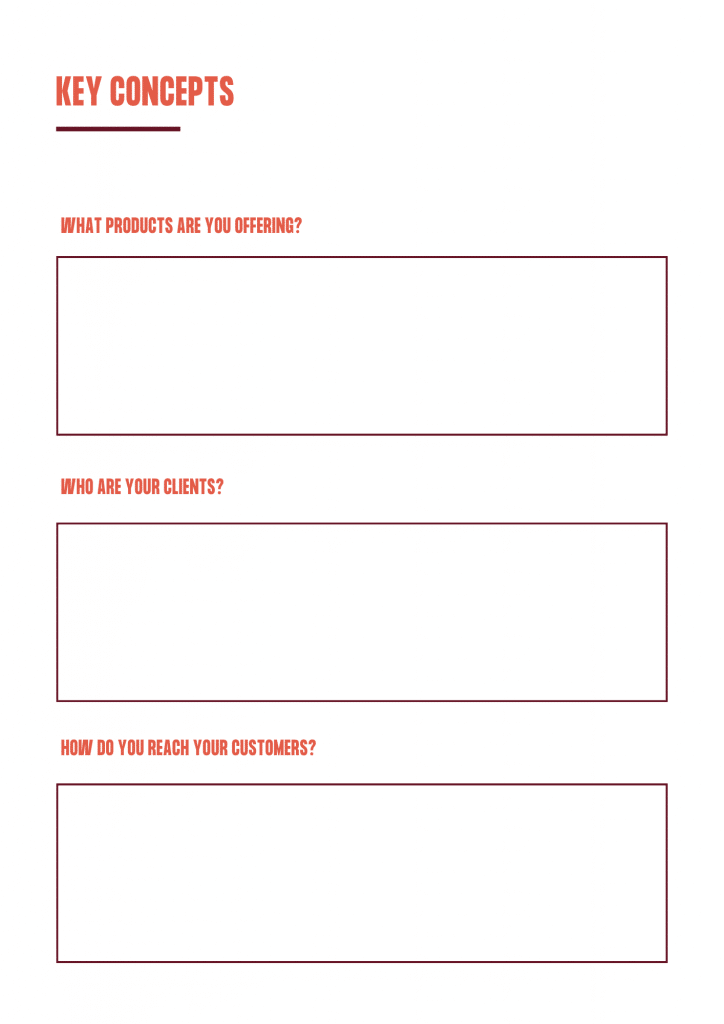
2 Initial Planning:
In this step, the mission of your company, business objectives, revenue and cost forecasts, as well as personal growth, are established. All of this helps create a clear direction for your business and understand its financial viability.
What does this mean?
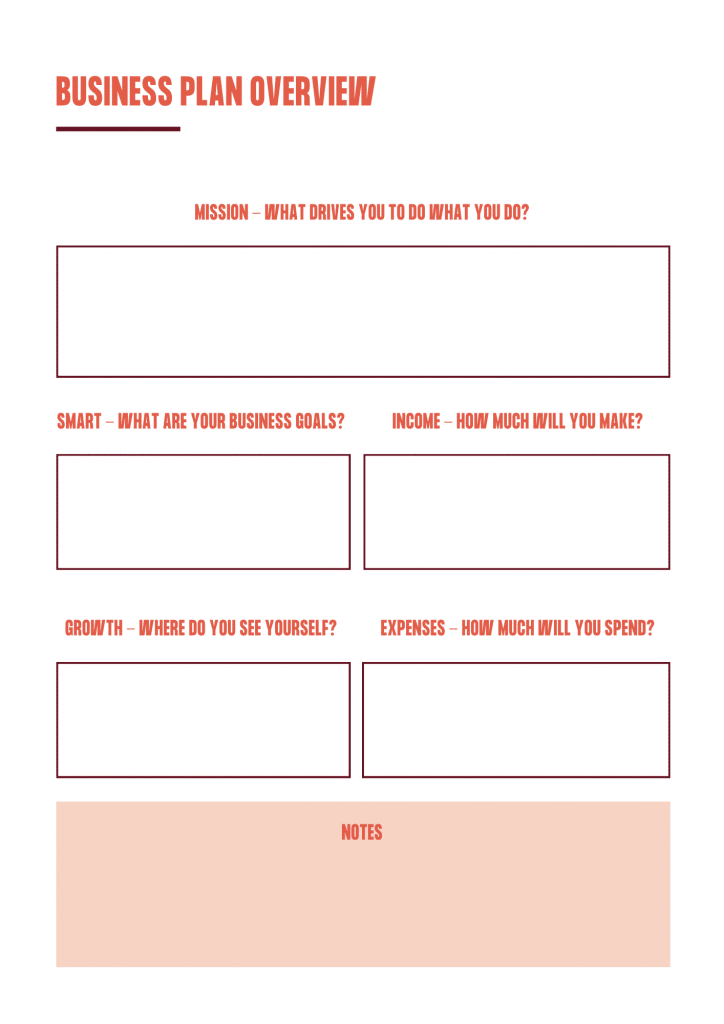
Mission: Articulate the general purpose, values, and long-term goals, creating a clear direction for your business.
Business Objectives: This is where specific, measurable, achievable, relevant, and time-limited (SMART) objectives are set. They serve as milestones to guide your progress and keep you motivated.
Cost Forecast: This section includes the forecast of your expenses, including operating, marketing, equipment, personnel, etc. Knowing your estimated expenses allows you to establish appropriate pricing structures and manage your finances effectively.
Revenue Forecast: In this part, you will calculate your projected sources of income and financial projections. This analysis will help you understand the financial viability of your business and plan accordingly.
3 SWOT Analysis:
This analysis evaluates your internal strengths and weaknesses, as well as external opportunities and threats. It provides strategic information to leverage your strengths and address weaknesses, opportunities, and threats.
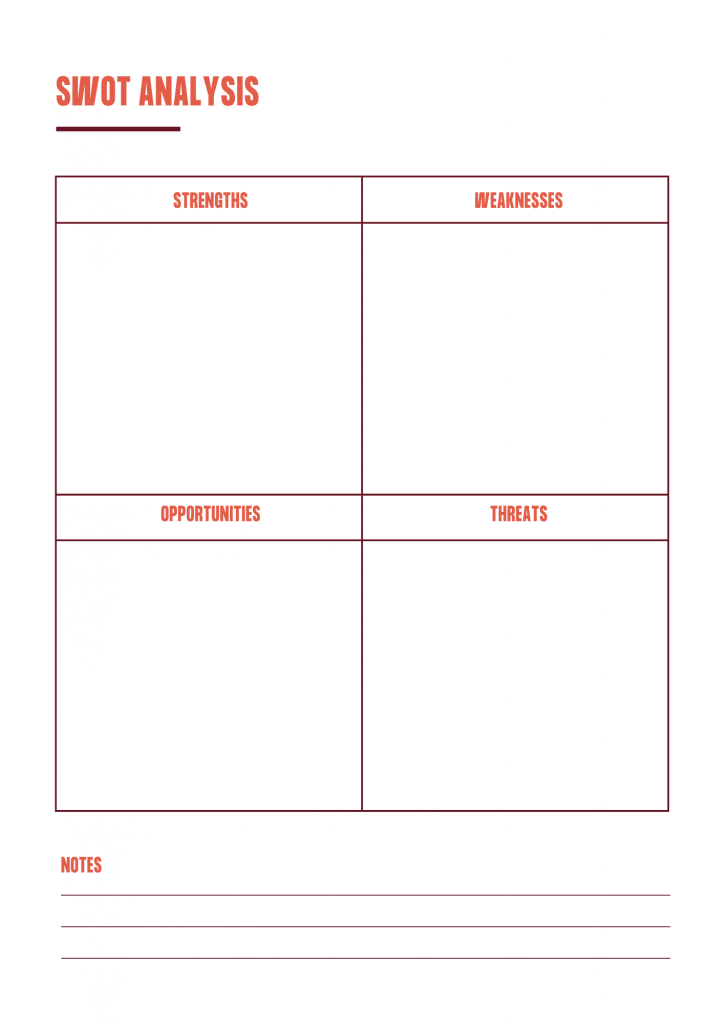
4 AIDA Analysis:
The AIDA model (Attention, Interest, Desire, Action) is used to create effective marketing campaigns, attracting the attention of your target audience, generating interest, desire, and ultimately prompting the action you desire.
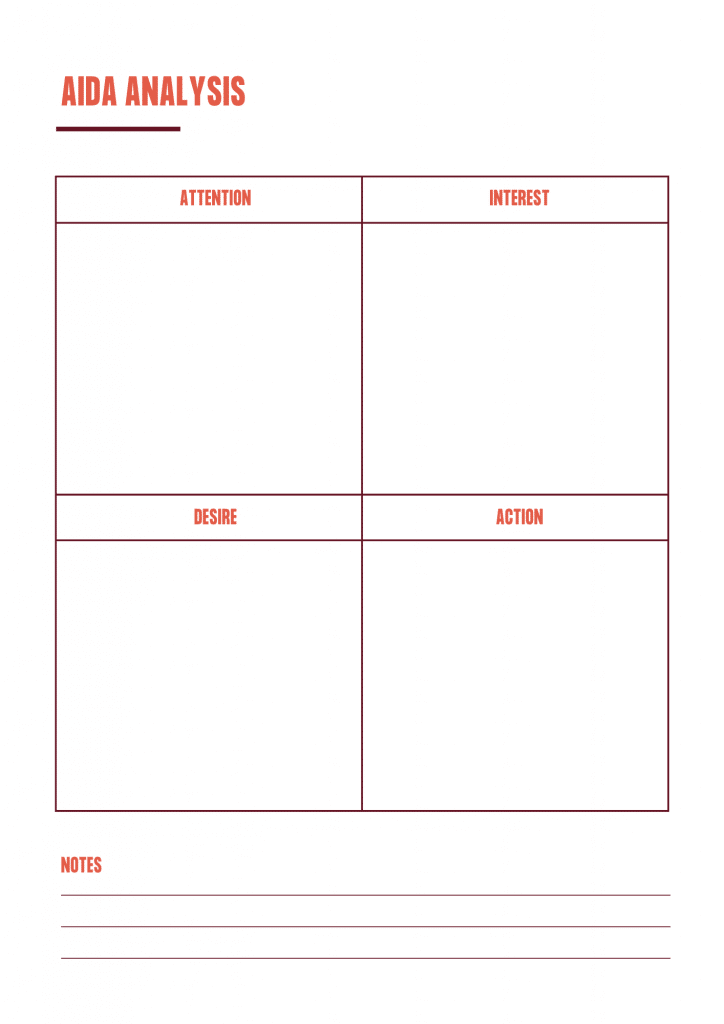
5 Market Strategy:
This section is based on thoroughly understanding your target audience, creating a strong brand identity, acquiring and retaining customers, and implementing effective sales and marketing strategies.
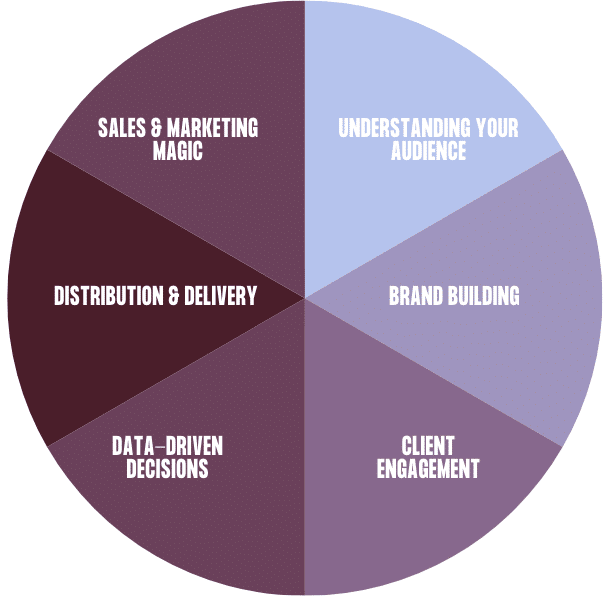
Read also:
- Digitalization: Is Your Customer Loyalty at Risk? – Harbiz
- Take Your In-Person Fitness Business Online with Harbiz – Harbiz
An app like Harbiz helps create that brand identity, as you can have your colors and logo on the App Store & Google Play Store for your customers to download and interact with your business. This also creates loyalty and a professional appearance.
6 Competitor Analysis:
Analyze at least three of your competitors to understand their strengths and weaknesses, market positioning, and strategies. This allows you to identify areas where you can differentiate yourself.
The following factors of a competitor come into play here:
- Brand: Is it strong or not? Is it recognizable?
- Value Proposition: How their products/services solve their customers’ problems.
- Content: What type of content they create to become known and build a brand (Images, Videos, Books, etc.) and with what style.
- Social Media: What social media they use and if they are suitable for the audience you want to reach.
With the implementation of Harbiz, we can differentiate ourselves significantly from the competition in terms of Brand, Value Proposition, and Content. With it, we can create exercise and recipe routines with videos, and even upload our own content to send to our clients. This creates a more robust value proposition compared to sending routines through other means like WhatsApp or email.
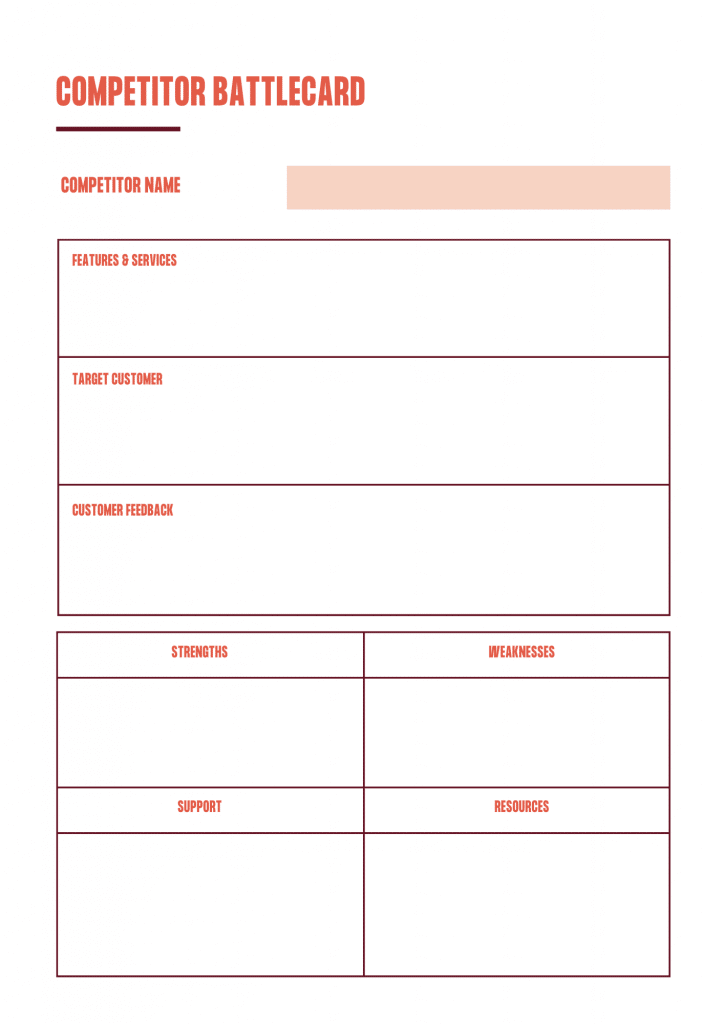
7 Competitor Profile:
This tool helps you compare your services with those of your competitors, define the target customer profile, and collect customer feedback on your competition.
8 Products and Services:
Carefully plan the services you will offer, considering how much you will charge and calculating the value of your services based on knowledge, skills, and attitude.
To set prices, you can read our post on How do I set the prices for my online training services? – Harbiz
When offering services, Harbiz is a great tool to create service packs that can be reused for different clients, or even offered on social media to generate passive income with very little effort.

9 Launch Costs:
Keep a detailed record of the costs associated with starting your business, from gym equipment to marketing resources, to understand the financial requirements.
10 Profit and Loss Statement:
This section helps you understand the financial health of your company, including income, costs of goods sold and gross profits, operating expenses, and net profit.
Essential components:
- Income: Record all sources of income, including sales, services, and other income streams. Minus returns, discounts, or deductions you may have made.
- Cost of Goods Sold: Calculate the direct costs associated with your services, including materials, labor, and everything else.
- Gross Profit: Subtract production costs from income to get gross profit.
11 Social Media Analysis:
Evaluate your activities on social media, identify trends and patterns, and optimize your online presence to improve engagement with your audience.
–
Social media is a great tool for generating awareness of our business and also serves as a showcase for the services we are going to offer. As mentioned, we can leave the service packs we create in the Harbiz app in our bio and generate income effortlessly. Read also: Passive Income for Personal Trainers – Harbiz
12 Marketing Plan:
Create a detailed plan to structure your marketing activities, allocate resources, and measure the success of your efforts.
Channels: Identify which ones are ideal for reaching your target audience. It can involve different formats, from social media, websites, email, or even offline channels, such as print advertising or events.
Tactics: Define the specific strategies you want to use on each channel to spread your message and attract customers. These may include content creation, ads, promotions, or participation in relevant events.
Costs: Calculate the costs of each type of distribution method and the tactics involved. Consider expenses such as ad budgets, content creation costs, design, ads, or agency fees. Add up the costs to determine an overall budget for your marketing plan.
Status: Monitor the progress of each part of your marketing plan. Document the application of tactics, measure performance, and analyze results. Periodically check that your marketing strategies are yielding the desired results and adjust them if necessary.
Conclusion
Increasing your income and number of clients can sometimes be an overwhelming and challenging task, but with a good strategy and consistency, you will achieve all your goals.
Below, we provide what was promised.



